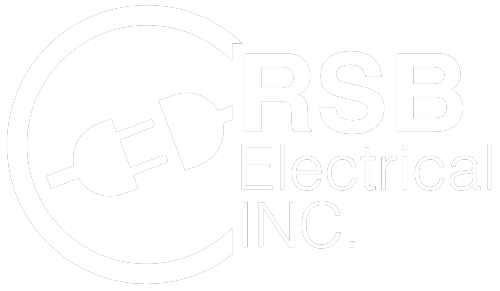Do You Know The Difference Between A Two- And A Three-pronged Plug?
All household appliances and devices need electricity. They receive electric current through power cables that are attached to their power units. There is a plug with either two or three prongs at the other end of the cable. It goes into the outlet, and the device is powered up.
But if both two-pronged and three-pronged plugs do the job, what's the difference between them?
The third prong is a safety feature for appliances and devices with metal casing.
How does an outlet work?
Knowing each slot's function on an outlet is crucial to understanding why there is a third prong on some plugs. The right slot (a narrower space) is for the hot wire, while the left slot (a bit wider) is for the neutral wire.
When plugging a device into an outlet, the electrical current flows from the hot wire into the hot prong on the plug. Then, it travels from the neutral prong into the neutral wire. In this way, it completes the electrical circuit necessary for the plugged-in device to work.
What does the third prong do?
The third prong connects the device directly to the ground wire. The ground wire's role is to transmit all excess electrical energy directly into the ground. For instance, when lightning strikes the electrical circuit, every device and appliance in that circuit would burn or potentially explode if it weren't for the ground wire.
Unlike the hot and neutral wire, the ground wire doesn't carry any current. Also, it does not connect to the circuit. Its sole purpose is to channel any dangerous amount of electricity directly to the circuit breaker and into the ground. This entire process is called "grounding" and is used to prevent the electrical circuit from overloading.
Now, an appliance or device in a metal casing can generate lethal amounts of electrical energy. This event happens when the hot wire inside the device becomes loose due to faulty manufacturing or overuse. The hot wire then makes contact with the metal casing, which behaves like an open wire. If anyone touches it, they become a conductor and will get a potentially lethal electric shock.
Fortunately, the ground prong transmits the surge of electricity into the ground wire, which then trips the circuit breaker. Appliances and devices connected to the circuit will shut down immediately and are safe for inspection. Find the plug that caused the overload and fix the issue.
Are two-pronged plugs dangerous?
Two-pronged plugs are still safe to use. Their design accommodates devices that don't have a metal casing. More importantly, there is enough insulation so that any conductive parts of the appliance or device are out of reach.
As for the third prong, it has saved many lives without people even knowing it. Next time a circuit breaker trips, check the appliances and devices with metal casing first for a loose wire.
Call a professional electrician
Having an expert check the household circuit and appliances is always the safest and most sensible option. Consider hiring an electrician if anything unusual happens with your electrical current.
When in need of home electrical inspections, whole-house surge protector installation, attic fan installation, or smoke detector installation, electrical repair, or home electric car charger installation, trust the licensed and insured professionals at RSB Electrical. We are a 24-hour emergency electrician based out of Mesa, AZ. Call 480-485-4284 for more information.

